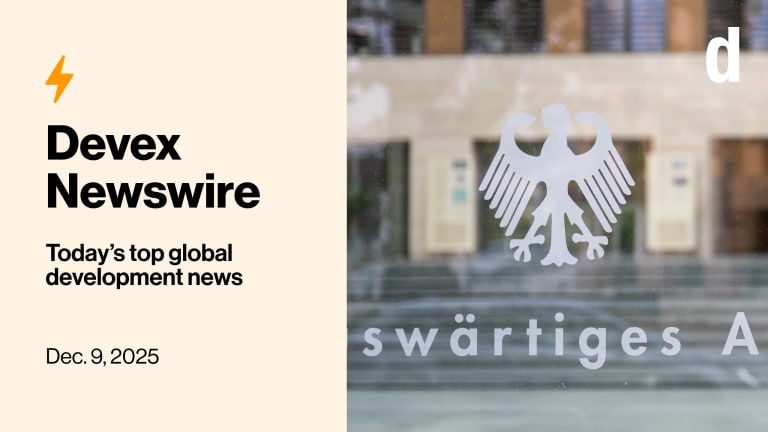The global aid architecture is changing, and it’s changing fast. But for all the talk on emerging donors, multistakeholder partnerships and innovative financing mechanisms, some familiar names continue to drive the global development agenda — and these include European donors.
Despite budgetary constraints, the European Union and its member states have collectively managed to keep their place as the world's largest aid donor. In 2014, six out of the top 10 donors of official development assistance were European.
But European donors are far from resting on their laurels. Eager to stay at the forefront of the global fight against poverty, these big funders are not only building on past achievements to make new progress — they are also seeking to reinvent themselves.








